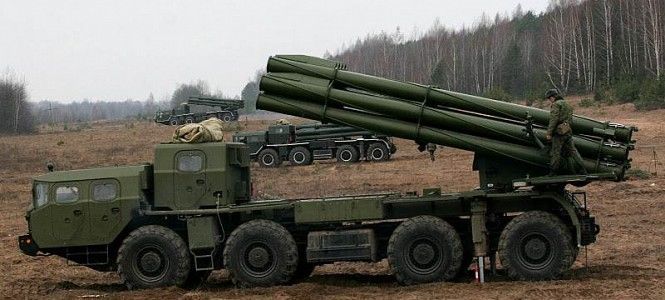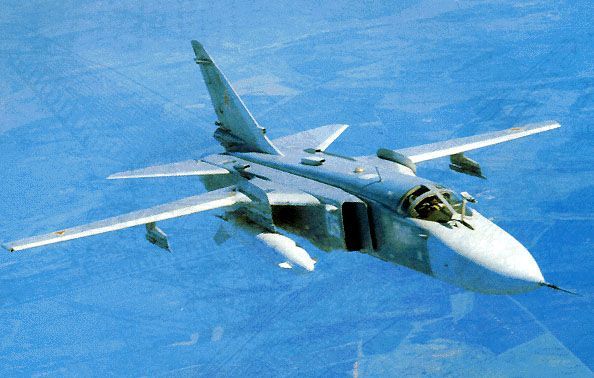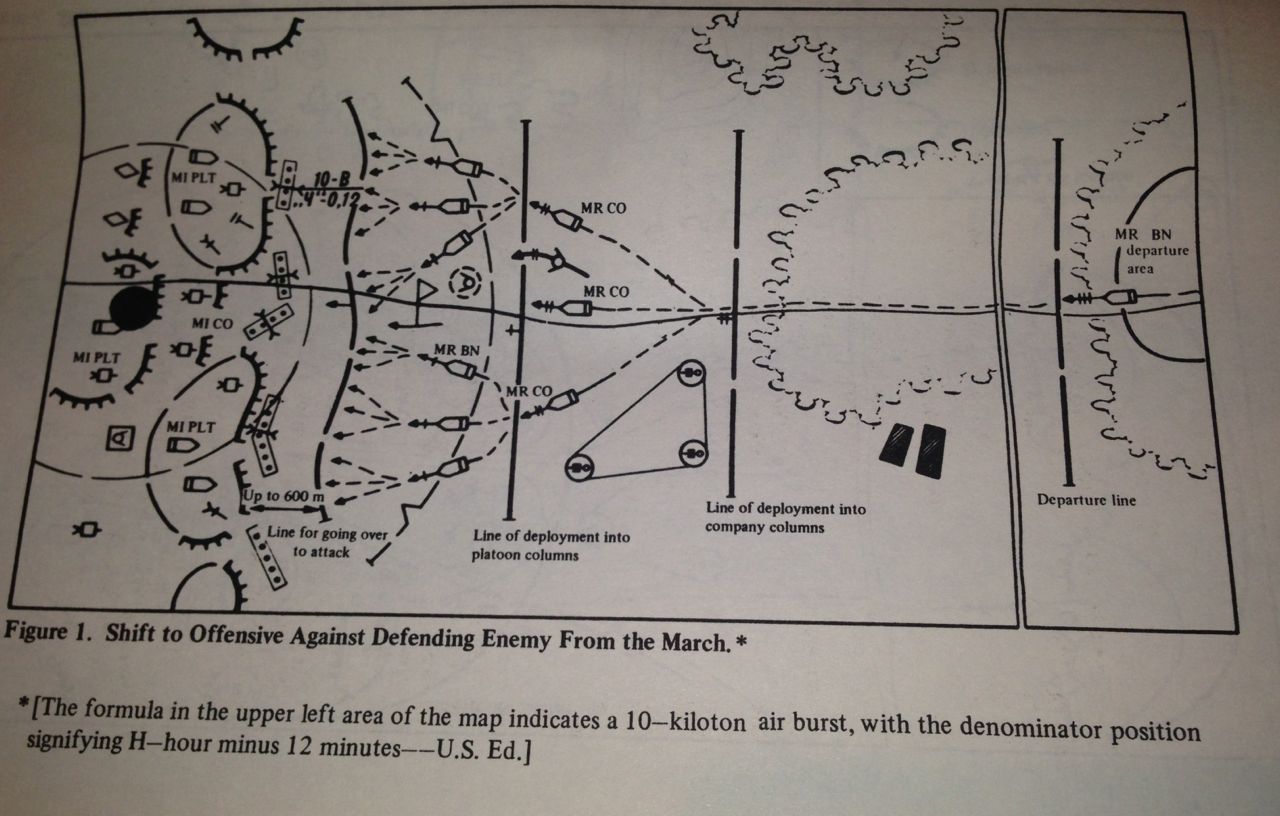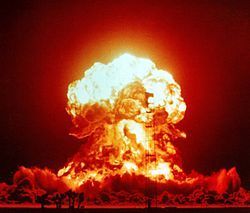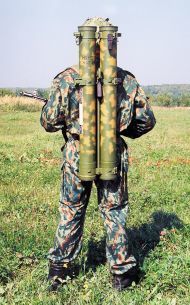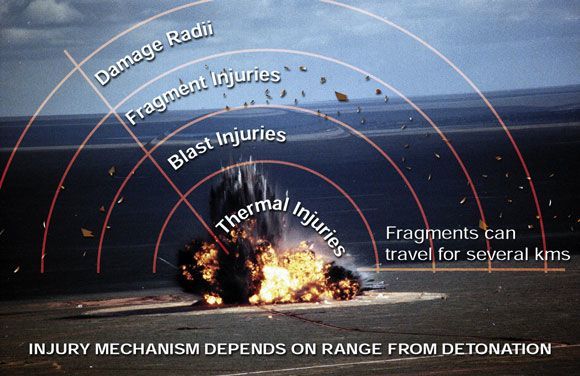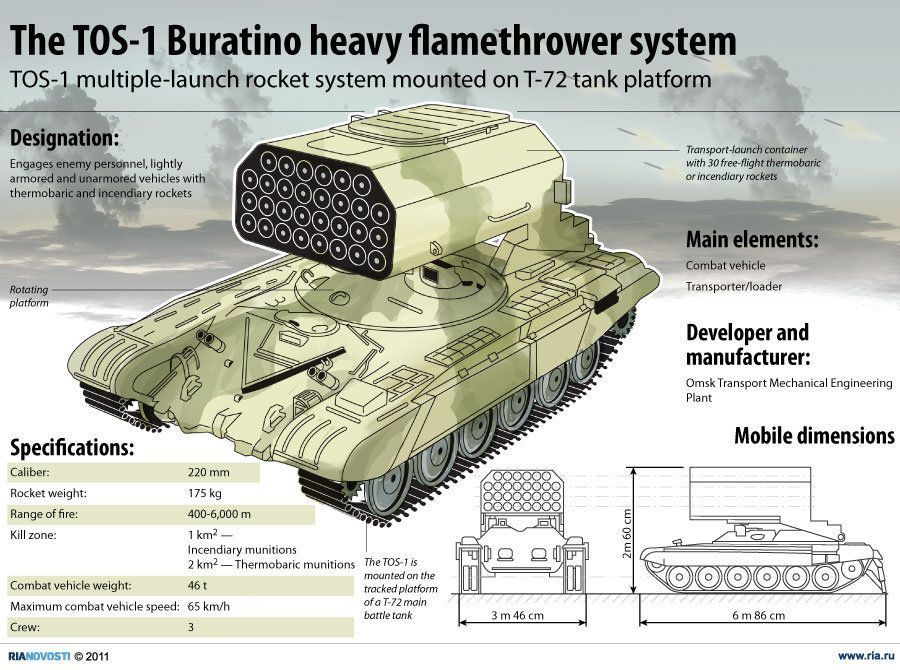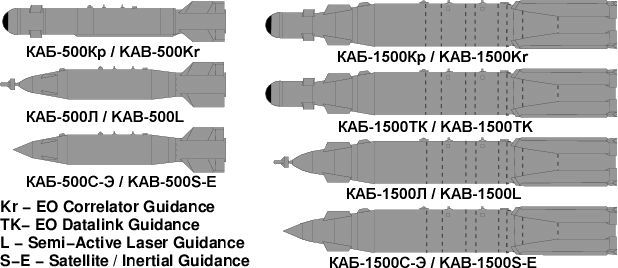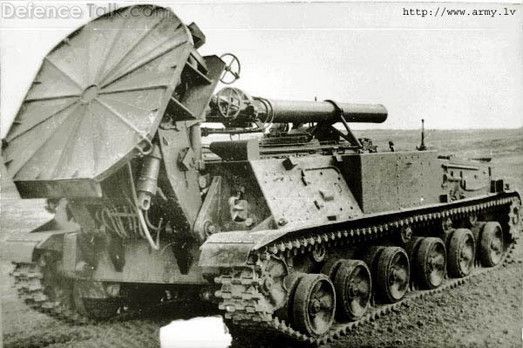The Warpaint volumes are some of the most comprehensive guides to the appearance of British armoured vehicles in the 20th Centuary. Whilst they cover the whole of the period covered I have focused my comments on their utility for the Cold War period and included links to other reviews if you want to understand how they do the rest. For those interested in the Cold War it provides within its 4 slim volumes, a wall to wall guide of how vehicles were painted and marked. This includes such gems as the 1980's Call Sign cards which are included for:
- Battle Group HQ,
- Armoured Squadrons
- Armoured Infantry Companies
- BG Support 1 Recce, Millan and Morters
- BG Support 2, FOOs Aviation and Air Defence
- Armoured Recce
- Engineers
This volume also covers the post war geometric signs and colours. This is really useful if you want to ensure you have the right call signs on the right wagons depending on how you represent your force i.e.: the number of vehicles represented by 1 model.
The various volumes in the series cover the following subjects:
- Volume One
- Chapter 1 - Colours and Sources
- Chapter 2 – Paint and Camouflage up to 1939
- Chapter 3 - Registrations, War Department numbers and Census marks
- Volume Two
- Chapter 1 – Paint and Camouflage in WW2
- Chapter 2 - Sub Unit markings and call sign systems
- Volume Three
- Chapter 1 – Paint and Camouflage post WW2
- Chapter 2 – Arm of Service markings
- Formation Signs
- Volume Four
- Ground and Air Recognition Systems
- Vehicle name
- Miscellaneous marking Systems
All the volumes are well illustrated with a range of colour photos, plates, and tables illustrating the various subjects. The sections in volume three and four on air recognition and ground recognition markings largely focus on those used on operational deployments across the gamut of post war conflicts. Whilst these were not necessarily used under peace time soldiering conditions on the central front it gives you a clue as to how the army might behave once it knows its going to war, when sometimes morale beats security.
All other miscellaneous markings are included from national flags to load classification and an explanation of the vehicle registration system. I particularly liked the section on fire extinguisher colours. Whilst I am fairly sure you could find better coverage on aspects of these books I know of no other set of books that covers this range of information. Dick Taylor served as an officer in the Royal Tank Regiment so his knowledge on the back end of the period is extensive and derived from personal experience and the extensive nature of the research required to put the volumes together can be garnered from the comprehensive bibliography supplied.
If you Wargame British in multiple 20th Centuary periods these are a bit of a must have, if you cover only the Cold War it is a bit of a split decision, the organisation of the information means it is difficult to drop a volume and with each volume costing around £10 new that was a bit of a price these days with the early volumes increasingly difficult to source the price for some of these is getting a little silly in the £40-£60 bracket, the answer as always is to shop around.
Other Reviews of these Books:
The Books @ Amazon
Warpaint - Volume 1: Colours and Markings of British Army Vehicles 1903-2003
Warpaint - Volume 2: Colours and Markings of British Army Vehicles 1903-2003
Warpaint - Volume 3: Colours and Markings of British Army Vehicles 1903-2003
Warpaint - Volume 4: Colours and Markings of British Army Vehicles 1903-2003
Other Book Reviews:
Other Book Reviews:
Warpaint - Volume 2: Colours and Markings of British Army Vehicles 1903-2003
Warpaint - Volume 3: Colours and Markings of British Army Vehicles 1903-2003
Warpaint - Volume 4: Colours and Markings of British Army Vehicles 1903-2003
Other Book Reviews:
Other Book Reviews:

